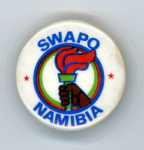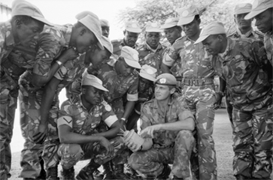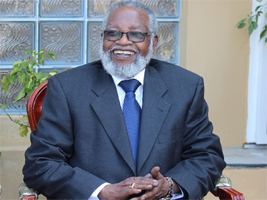


History
Namibia was proclaimed a German protectorate by Otto von Bismarck in 1884 and henceforth, referred to as German South-West Africa. The conquest of German South-West Africa by South Africa forces during World War I, resulted in its subsequent administration by South Africa under a 1920 League of Nations mandate. On 19 April 1960, the South-West Africa People’s Organization (SWAPO) was formed as a liberation movement, which became the dominant political party in Namibia.


From 1966, the People’s Liberation Army of Namibia (PLAN), SWAPO’s military wing, waged a guerrilla struggle that culminated in a negotiated peace agreement with the Republic of South Africa in 1988, in accordance with a United Nations peace plan for the entire region. In 1989, the implementation of United Nations Resolution 435 of 1978 calling for free and fair elections under the supervision of the United Nations Transitional Assistance Group (UNTAG), resulted in SWAPO coming to power, after 106 years of colonialism and a protracted struggle for national liberation.
Namibia attained its hard-won independence on 21 March 1990 with H.E. Dr. Sam Nujoma becoming the first President of an independent and sovereign state, the Republic of Namibia. President Nujoma stepped down in 2005 after serving three terms. A smooth democratic hand-over of power ensued when H.E. Dr. Hifikepunye Pohamba was elected President in November 2004 following a landslide electoral victory. The third and current President Dr. Hage Geingob was overwhelmingly elected by Namibians in 2014.

